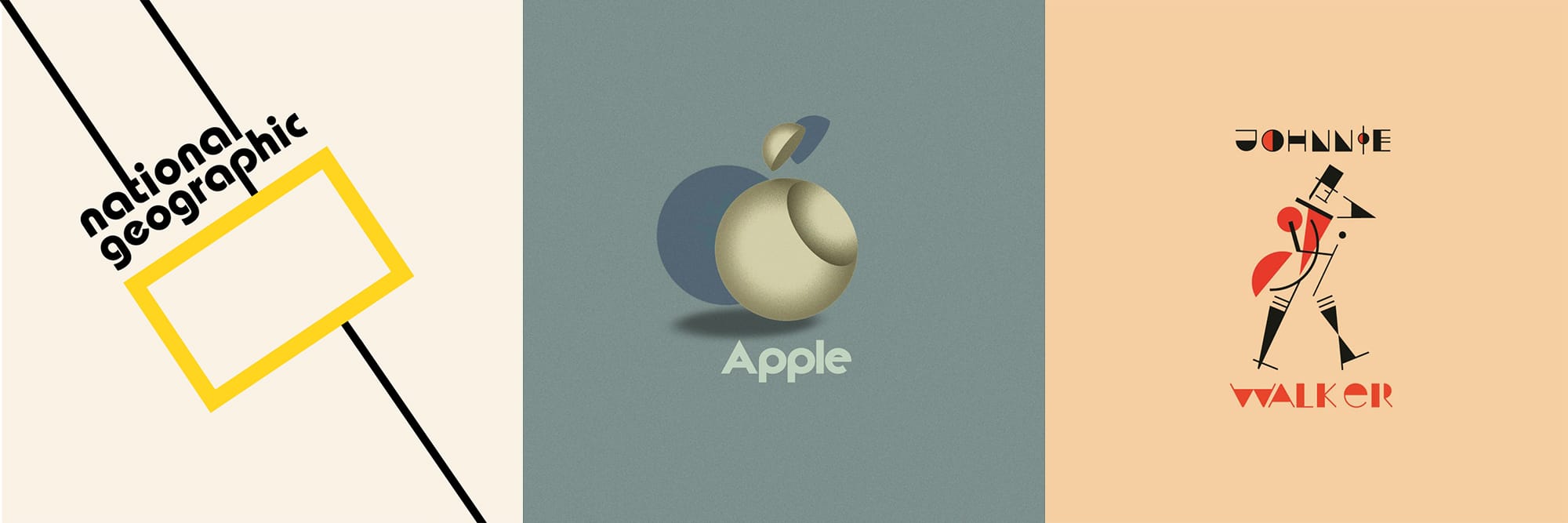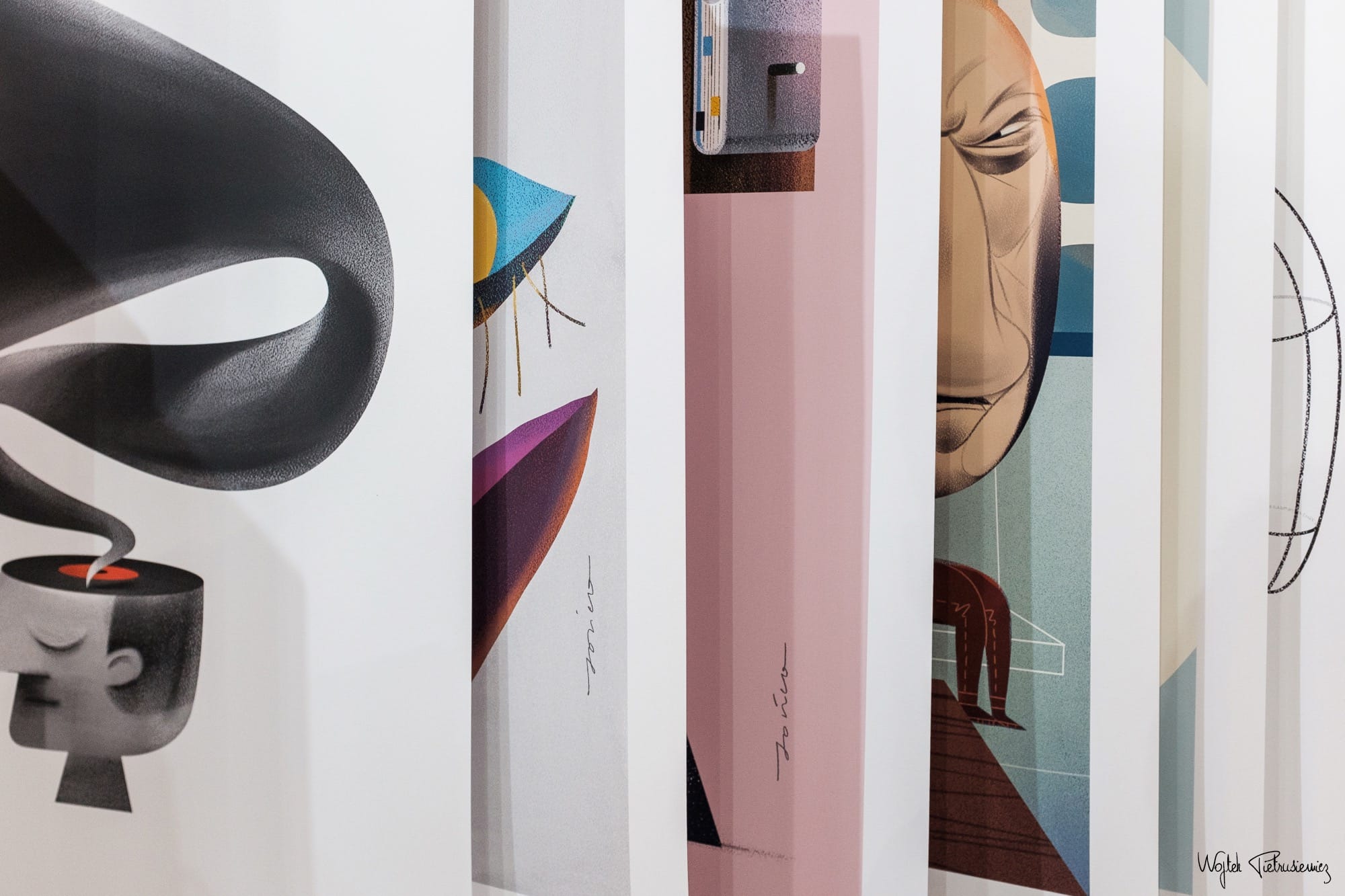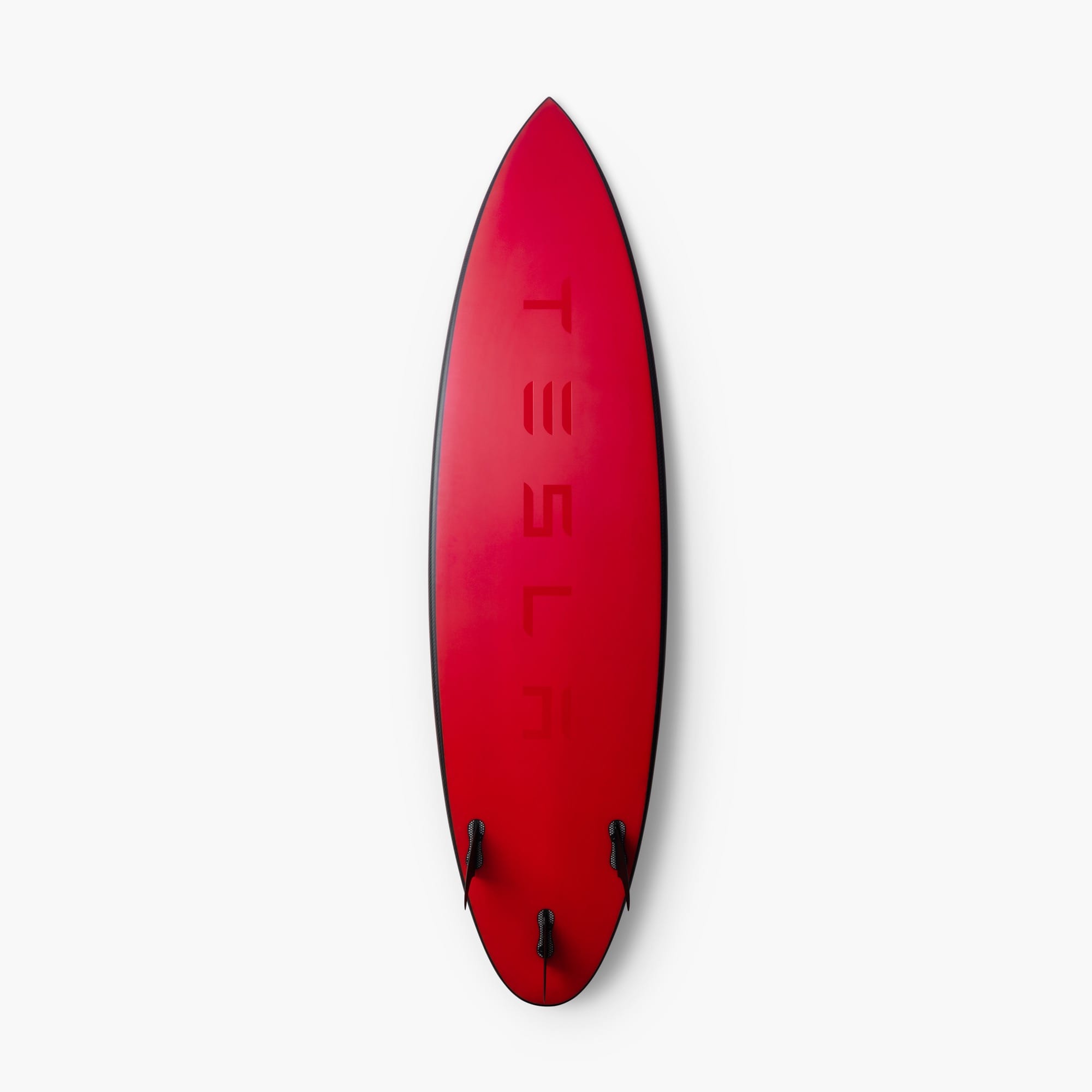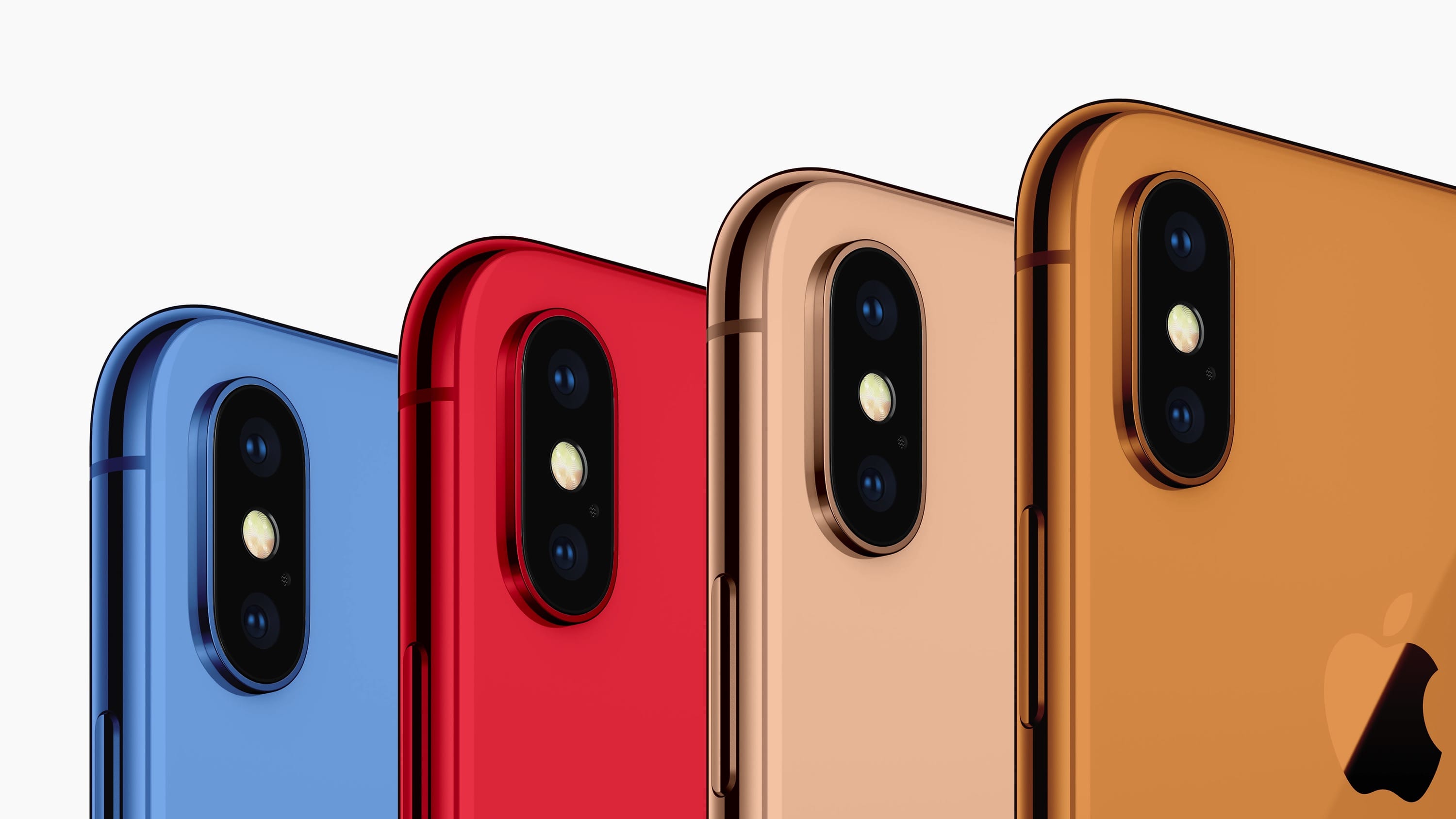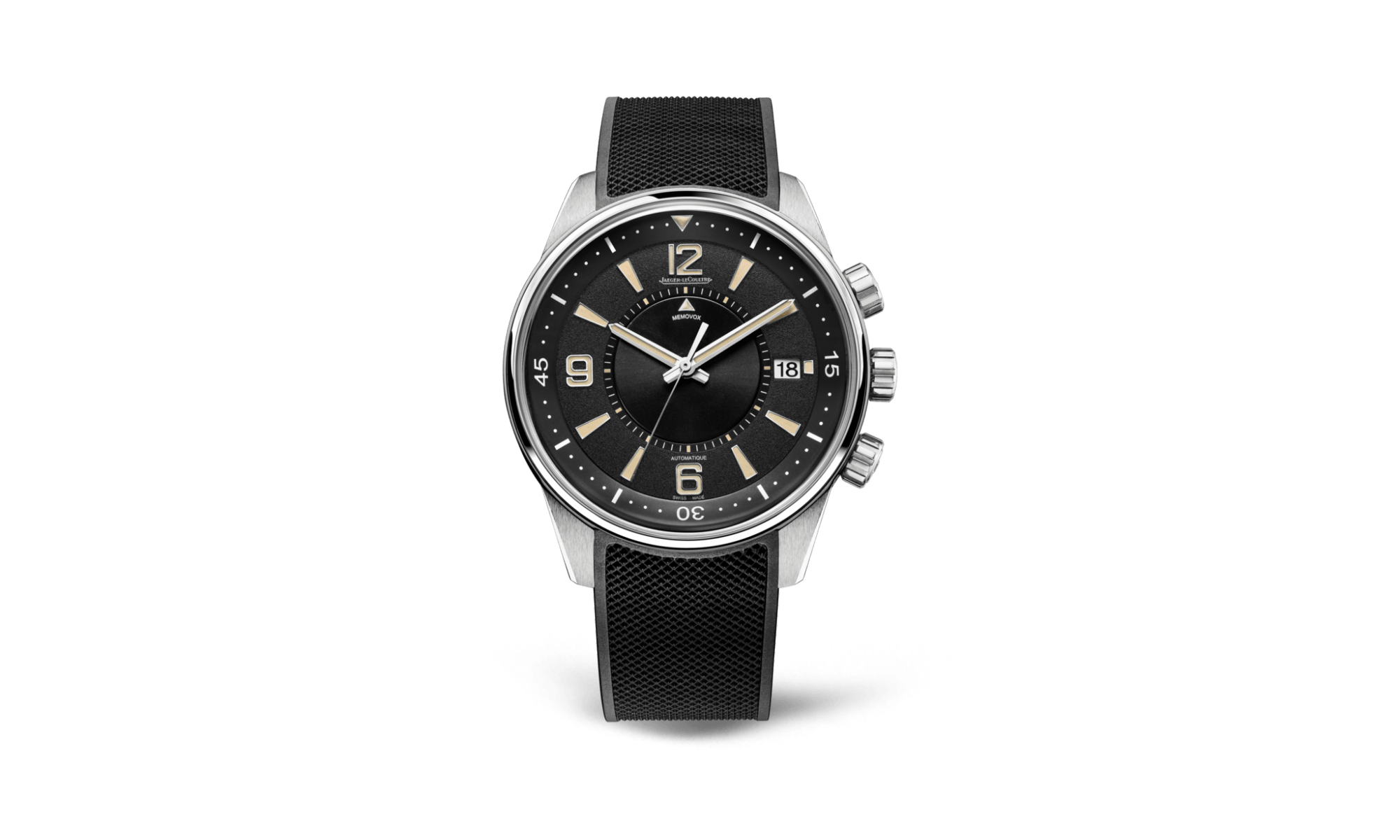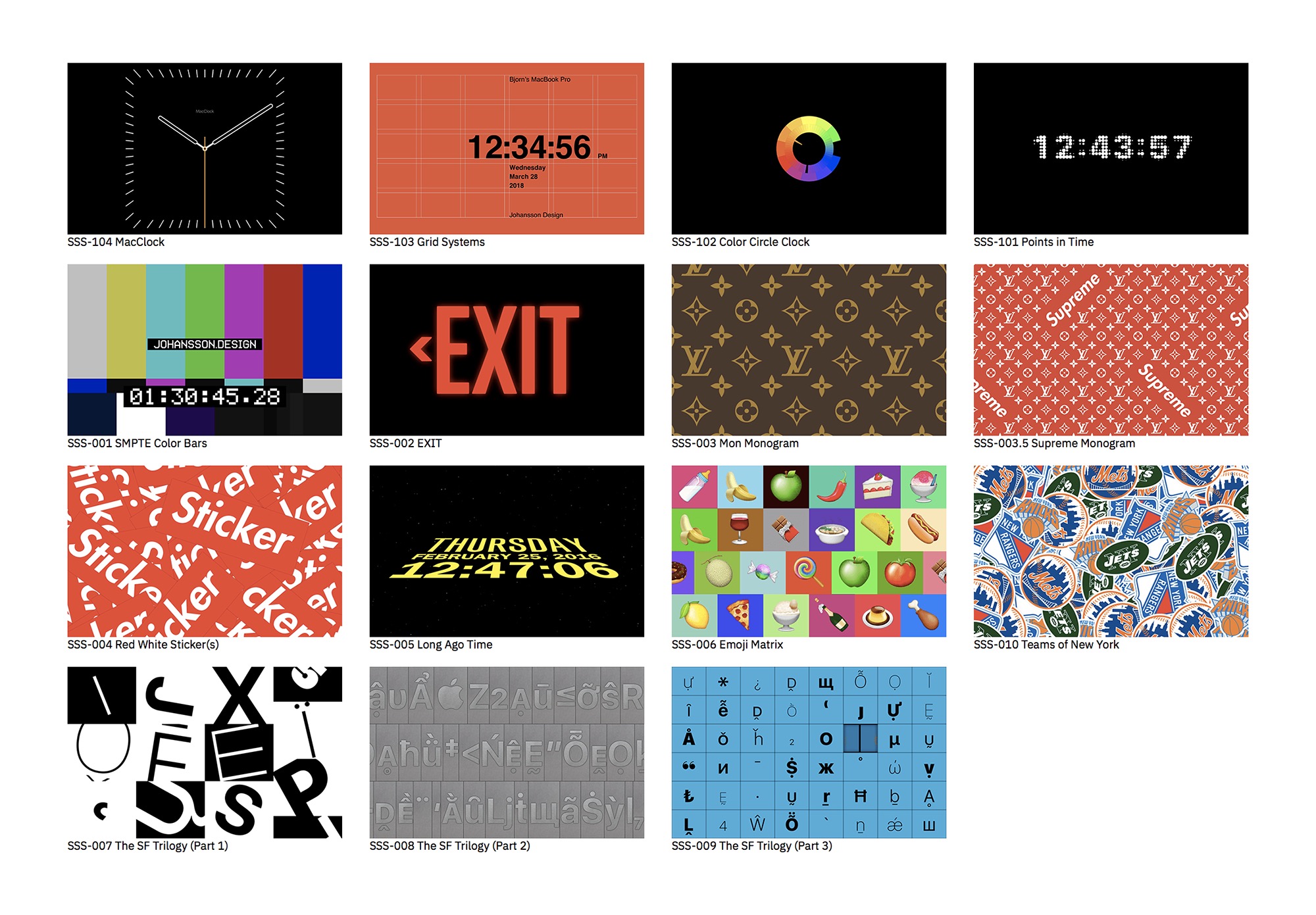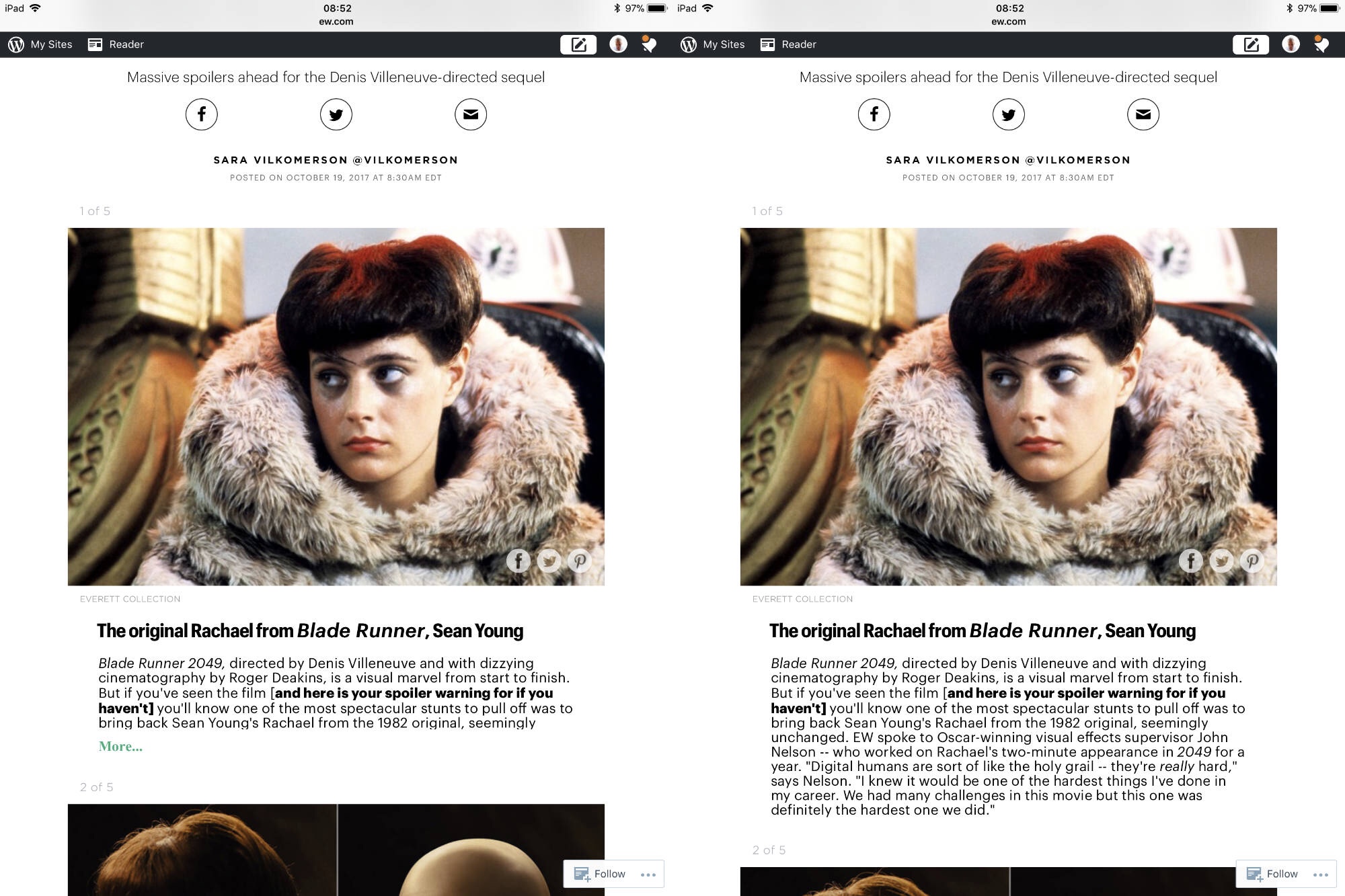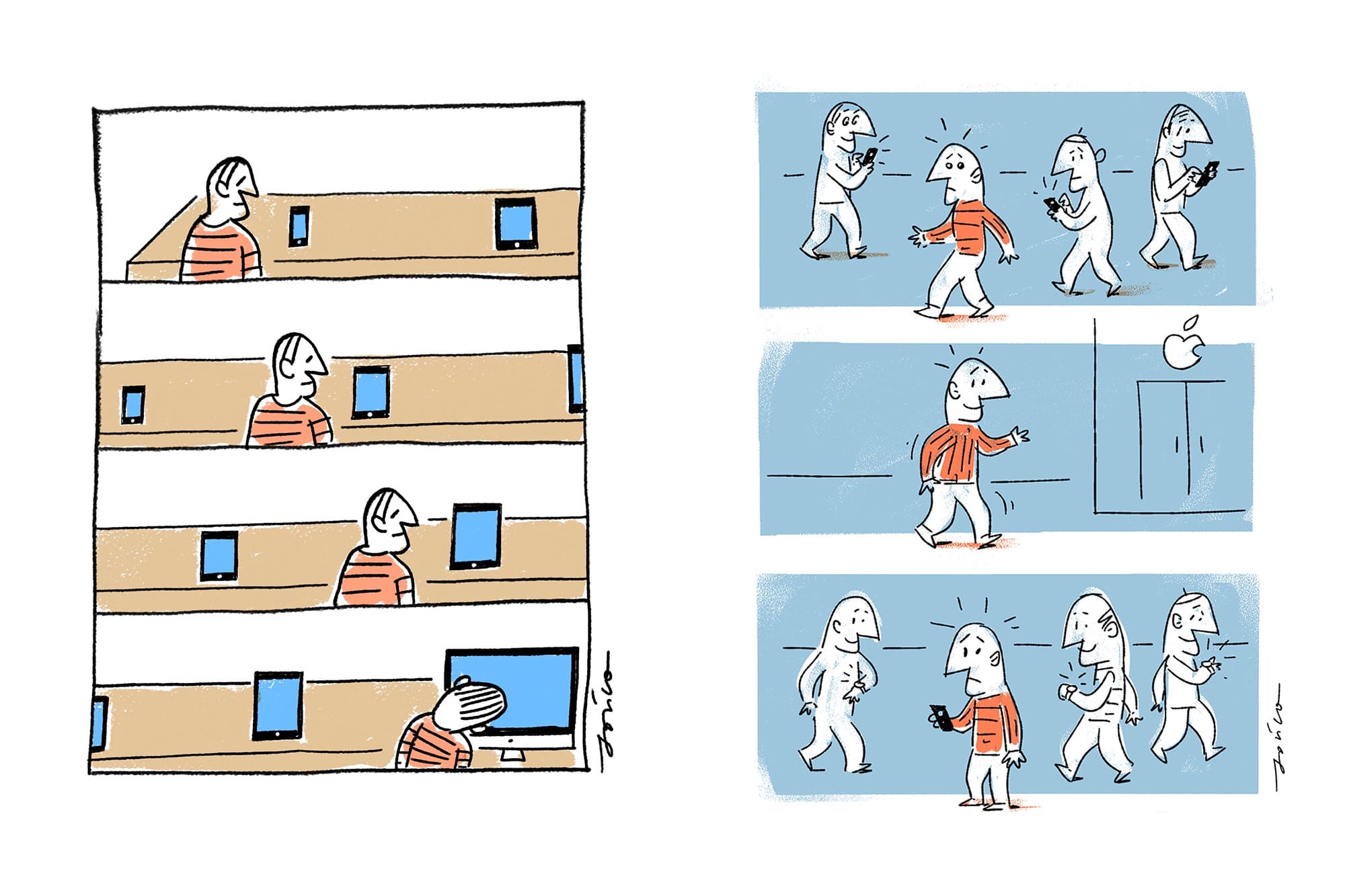Benjamin Mayo detailed Ming-Chi Kuo’s latest report about this year’s iPhones being available in various new colours, akin to what they did with the iPhone 5C with bright greens, yellows, blues, etc. The flagship iPhones have only come in white/silver, black/grey, gold, and rose gold. Oh, and (RED) of course…
John Gruber: ‘The Whole Thing With 3D Touch and Haptic Touch Is Confusing’ →
John Gruber, on Daring Fireball:
But the whole thing with 3D Touch and Haptic Touch is so confusing, and has been handled so poorly by Apple in terms of how 3D Touch was used in iOS and which devices had it and which did not […] that you can’t possibly expect regular iPhone buyers to understand that the reason the new SE doesn’t support long-pressing notifications […]
The single thing I still miss most in my iPhone is 3D Touch. It’s been a few years now and Haptic Touch — long-pressing something — still feels so amazingly awkward, while slowing down the interaction at the same time. One of my favourite uses of the feature was to position my cursor precisely where I wanted to, when editing text. This is still possible by long-pressing the Spacebar and then moving the cursor to the desired location. The problem with the latter is that I often have to let go and restart this interaction, because I ran out of space on the screen to continue my drag. I really hope 3D Touch comes back one day, but I won’t be holding my breath.


